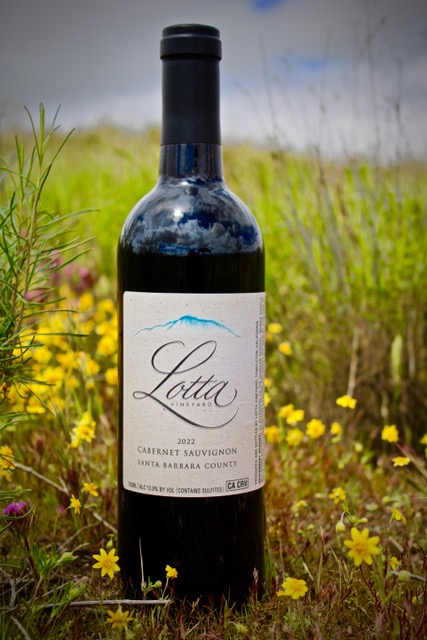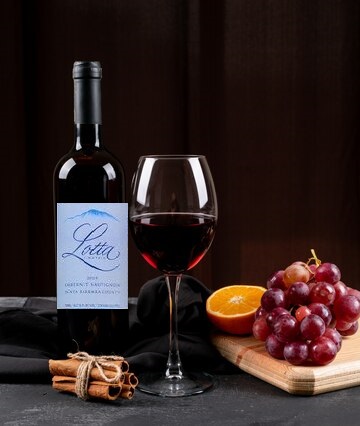After a long week, many of us unwind by sipping a nice glass of red wine. Many of our favorite dishes are also perfectly partnered with red wine; however, how many calories are in a bottle of red wine?
Overview of Dark Red Wine
The well-known wine is made from grapes that have been fermented. Alcohol is produced when the sugar from grape juice is fermented. Wine is an alcoholic beverage for this reason.
The flavor and even color of the wine can change significantly depending on the grape combination used. Fermented grapes in red or purple color are used to make red wine. In short, grapes with dark skin. So, red wine naturally has some antioxidant properties.
Combined with dark grape skins, the maceration and fermentation of must or crushed grape juice is the core of red wine production. The wine’s color, flavor, and tannins are enhanced by this method. Yeast ferments grape sugar into ethanol and carbon dioxide, resulting in alcohol production.
Dark Red wine is most easily identified by its color. It is also the first thing people would notice when consuming red wine. Red wine can be anything from a dark, almost opaque purple to a light, nearly ruby color, and everything in between.
As the wine ages, the bright, young colors of red wine gradually turn garnet and change to a brownish color.
Tannin is the next significant quality of red wine. The wine’s texture, structure, and propensity to mature are all due to this component. This particular component causes dryness in the mouth.
You get that distinct drying texture and feel when you drink black tea. There are many different ways to classify tannins; they can be smooth, ripe, or well-integrated into the wine. On the other hand, they can also be considered green, rustic, or astringent.
The third quality that sets red wine apart is the variety of flavors it can contain. Different grapes can give off scents that smell like fruits, flowers, spices, herbs, or even the earth. To wrap things up is sharpness.
The fourth quality that sets red wine apart is acidity. Red wine’s overall structure is primarily supported by acidity, which also serves as a preservative. Wine production is dependent on this. The entire nutritional content of red wine comprises all of these characteristics.
These primary characteristics may indicate sweetness, age, acidity, and other factors. Therefore, getting to know them enables you to determine the kind of wine that is appropriate for you, particularly if you adhere to a particular diet.
How Much Alcohol Does Red Wine Contain?
Any red wine’s alcohol content can be easily determined by looking for the Alcohol by Volume (ABV) on the label or asking at the bar.
The alcohol content of red wine is indicated by its ABV. The stronger a drink is, the more alcohol it contains; for instance, a red wine with an ABV of 13% includes 13% pure alcohol.
● What is an alcohol unit of bold red wine?
Red wine can range in alcohol content. However, because red wine typically has a strength of six and a half units, drinking two large glasses of it in one sitting could be considered “binge-drinking” (more than six units for a woman and eight for a man).
Studies have shown that binge-drinking (between five and seven units) over a three-to-six-hour period increases your short-term risk of accidents and injuries by two to five times.
Red Wine Calorie Count
Natural starch and sugar make up all alcohol, including red wine, Cabernet Sauvignon, Malbec, Merlot, and others. A typical 175-milliliter glass of red wine contains 133 calories—about the same amount as a bag of ready-salted crisps. This indicates that excessive drinking can eventually result in weight gain and begin to affect your appearance.
Furthermore, alcohol-derived calories are “empty calories,” which means they have no nutritional value and no effect on our bodies.
Choosing a non-alcoholic alternative, a wine of a lower strength, or, if you have more than one glass, alternating red wine with water is an easy way to cut back on calories from red wine.
Drinking less alcohol could help you lose weight, get a good night’s sleep, have clearer skin, and have more time and energy.
When drinking red wine, calories are a must. Why? As mentioned earlier, red wine is an alcoholic beverage made by turning sugar into alcohol through several processes. The beverage’s calorie count is primarily attributable to alcohol, followed by the sugar content.
Like other fruits, grapes contain naturally occurring sugars. Most of the time, glucose is the sugar that turns into alcohol, but fructose stays in the wine, making it sweeter.
Dry white wines typically contain fewer calories than red wines. On the other hand, Cabernet and Carignan are examples of low-calorie red wines.
Are Calories in Red Wine Higher in Calories or Alcohol than Other Varieties?
Many kinds of wine include red, white, rosé, and sparkling wines like prosecco and champagne. They typically have an ABV of 11 and 14 percent, but some can be as high as 14.5 percent. Checking the label is the only way to be specific.
Alternating between full-strength and lower-strength beverages can help you reduce calories and alcohol. Additionally, supermarkets and pubs now stock a greater variety of “reduced alcohol” wines than ever before. Compared to a typical glass of full-strength red wine of the same size, the amount of alcohol in a “reduced alcohol” wine (remember to check the label) would be reduced by more than half.
A “low alcohol” red wine is even better for reducing alcohol consumption. These can’t be more than 1.2% ABV, and many are around 0.5%.











